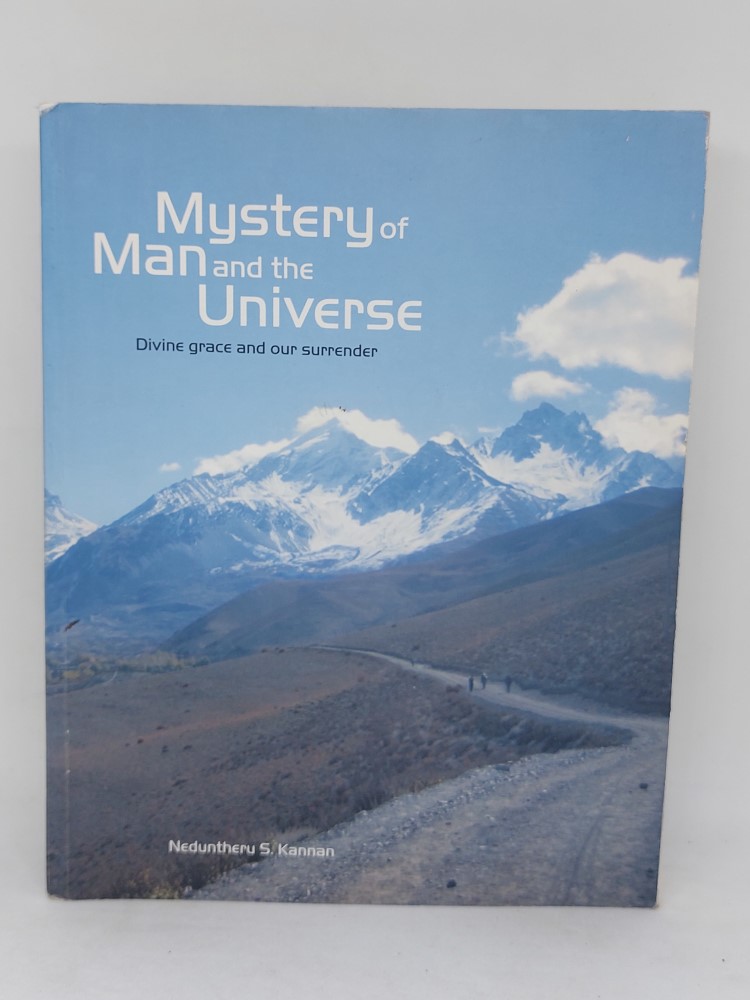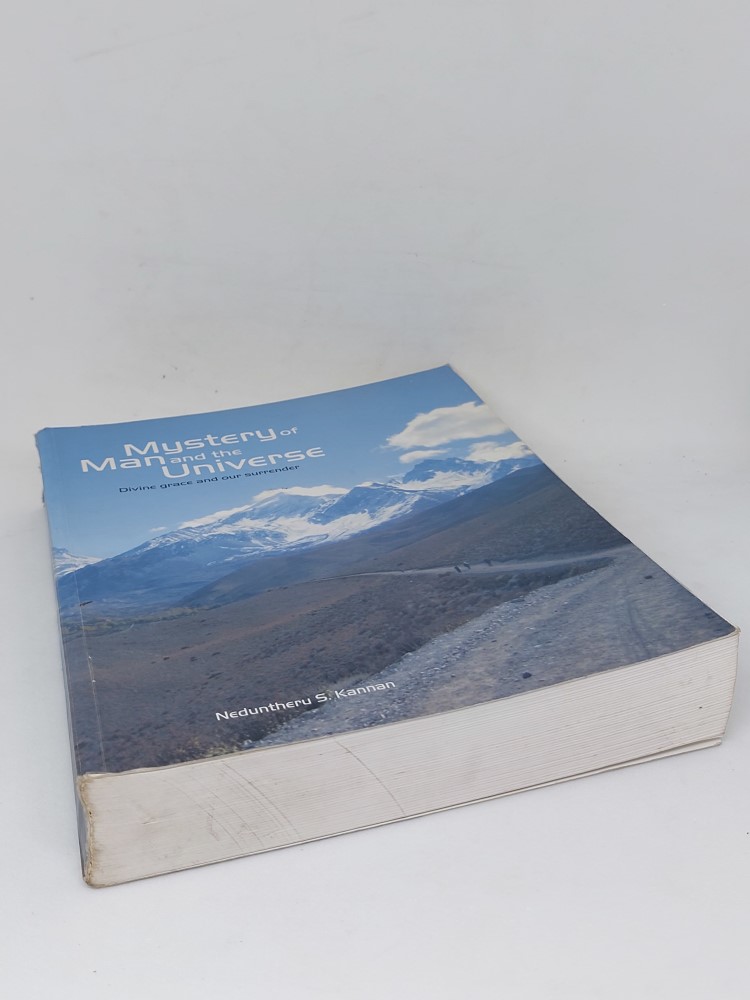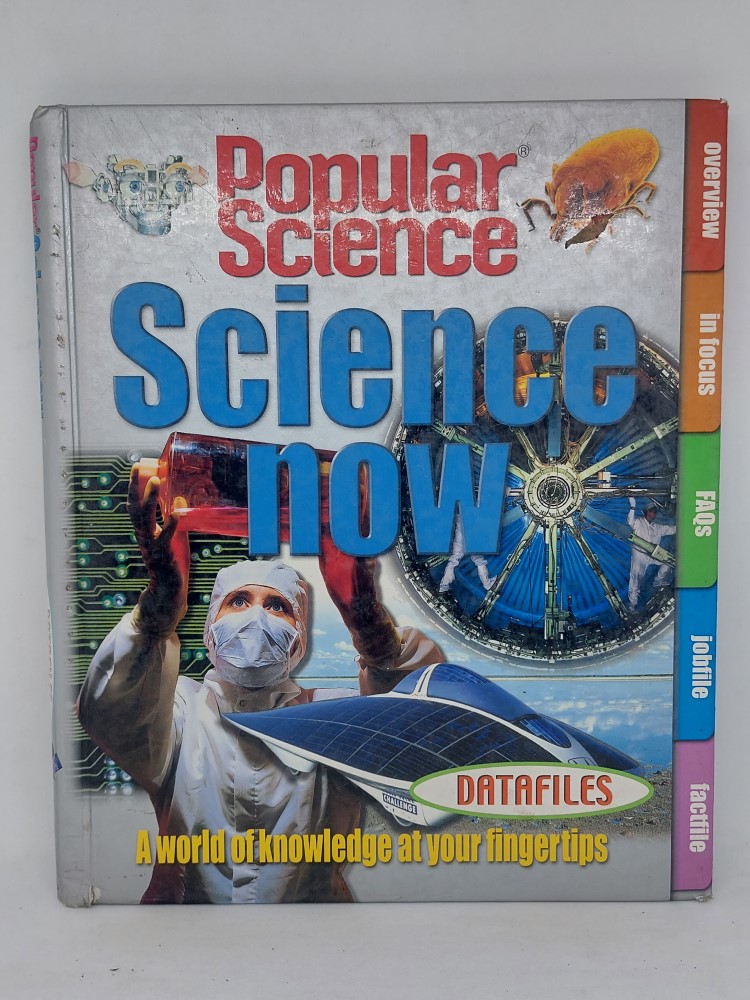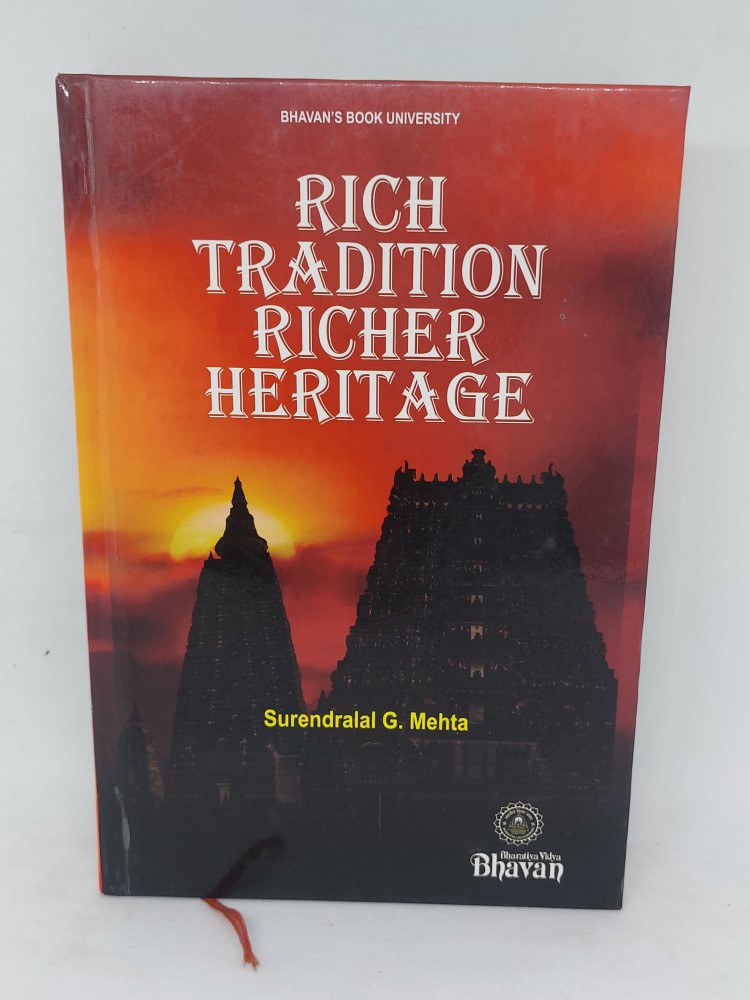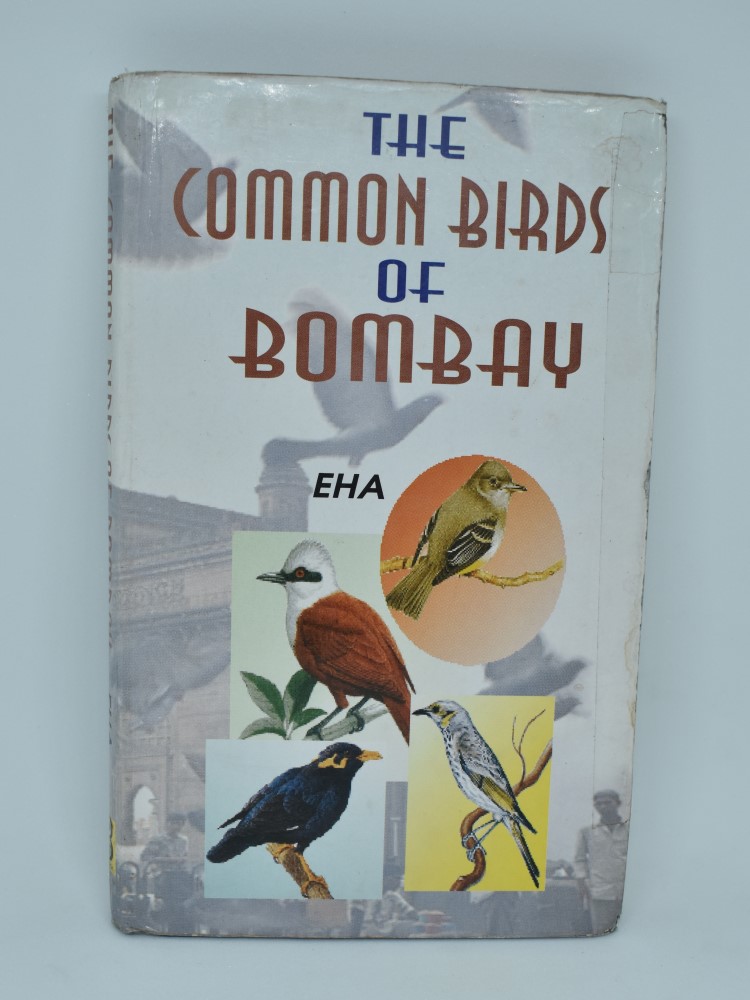Description
Vedanta has the reputation, not entirely undeserved, of being a difficult subject. No less egregious is the reputation of mathematics and physics. All the same, the questions that engage the Vedantin are of interest to the mathematicians and the physicists, who are equally curious about the universe we are in. How do we describe the pattern of frost on a window pane, cracks in metal or the gradient of a bumpy mountain path? What shape is that of a cloud? How long is the coastline of an island? The answer is fractals. It is complex and it is infinite; such is the story of man trying to grapple with the mystery of his physical mortality wrapped in the deeper mystery of the universe.
The voyage of discovery as played out in the lives of philosophers and physicists is deeply human and belies the stereotype of the scientist guided only by rationality and objectivity. In this work, the author wades through between the quantum mysteries of Schrodinger’s cat on the one hand and the pitfalls of pseudo sciences on the other and reaches out to Vedanta and succeeds in demystifying it to a large extent, although even today this field is viewed as an elitist domain or an arcane high priest’s obsession. Although a natural sequel to his earlier monograph On Divine Sovereignty and Our Freedom published in 2004, this one breaks fresh ground and fields the posers, whether from the physicist or the neuroscientist. Science and religion are often viewed as polar opposites or parallel universes, but the really great thinkers do not think so. The reader who has the patience to read through fully is bound to find that the world of Vedanta is not such a scary, alien place after all.

